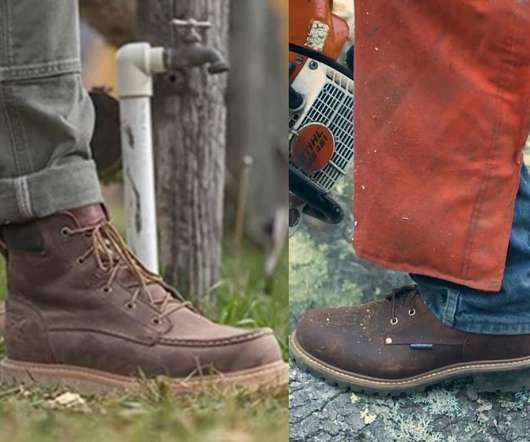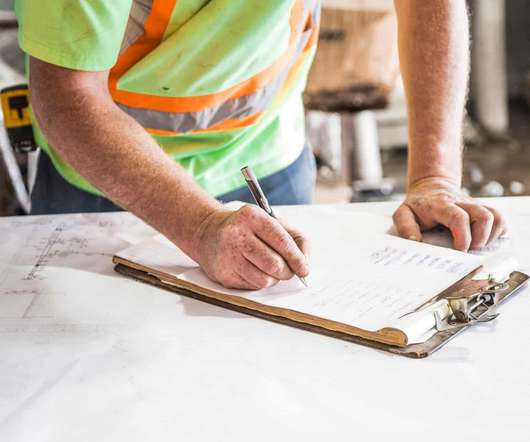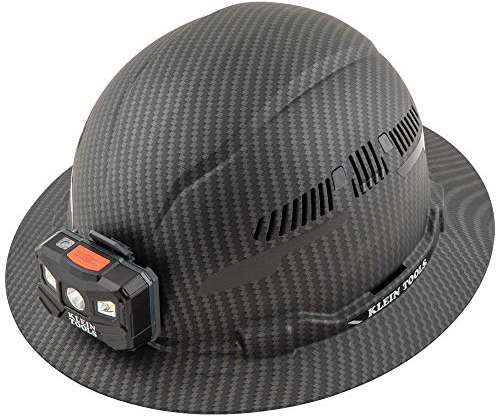Work Boots Vs Sneakers: What’s The Difference?
Work Gearz
AUGUST 1, 2022
Work boot safety regulations require employees to wear safety footwear at all times. Sneakers protect your knees and ankles from injury, especially during gameplay. This leaves little room, if any, for materials to become stuck and potentially cause discomfort and injury. Excellent Safety. Durable Very durable.

















Let's personalize your content